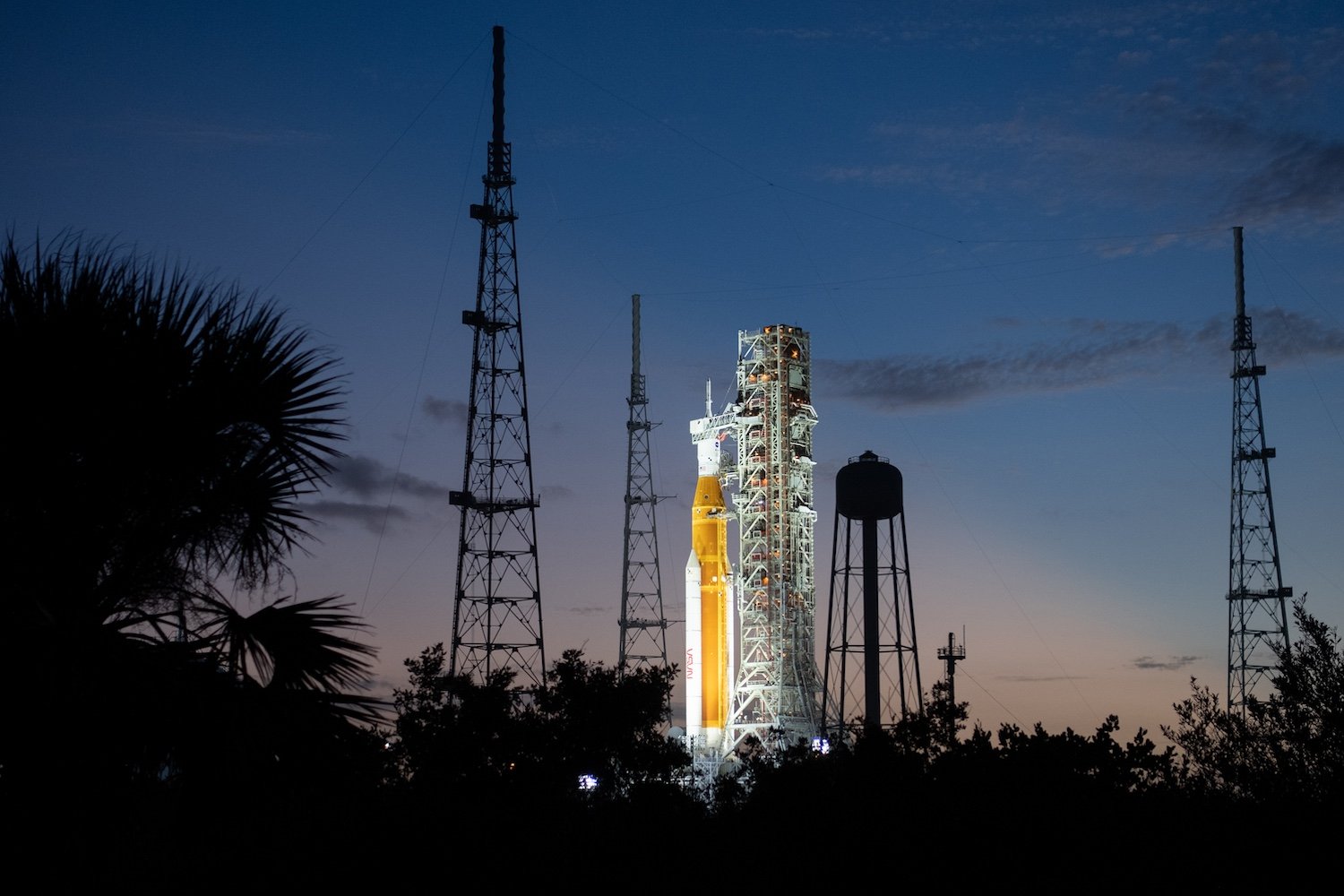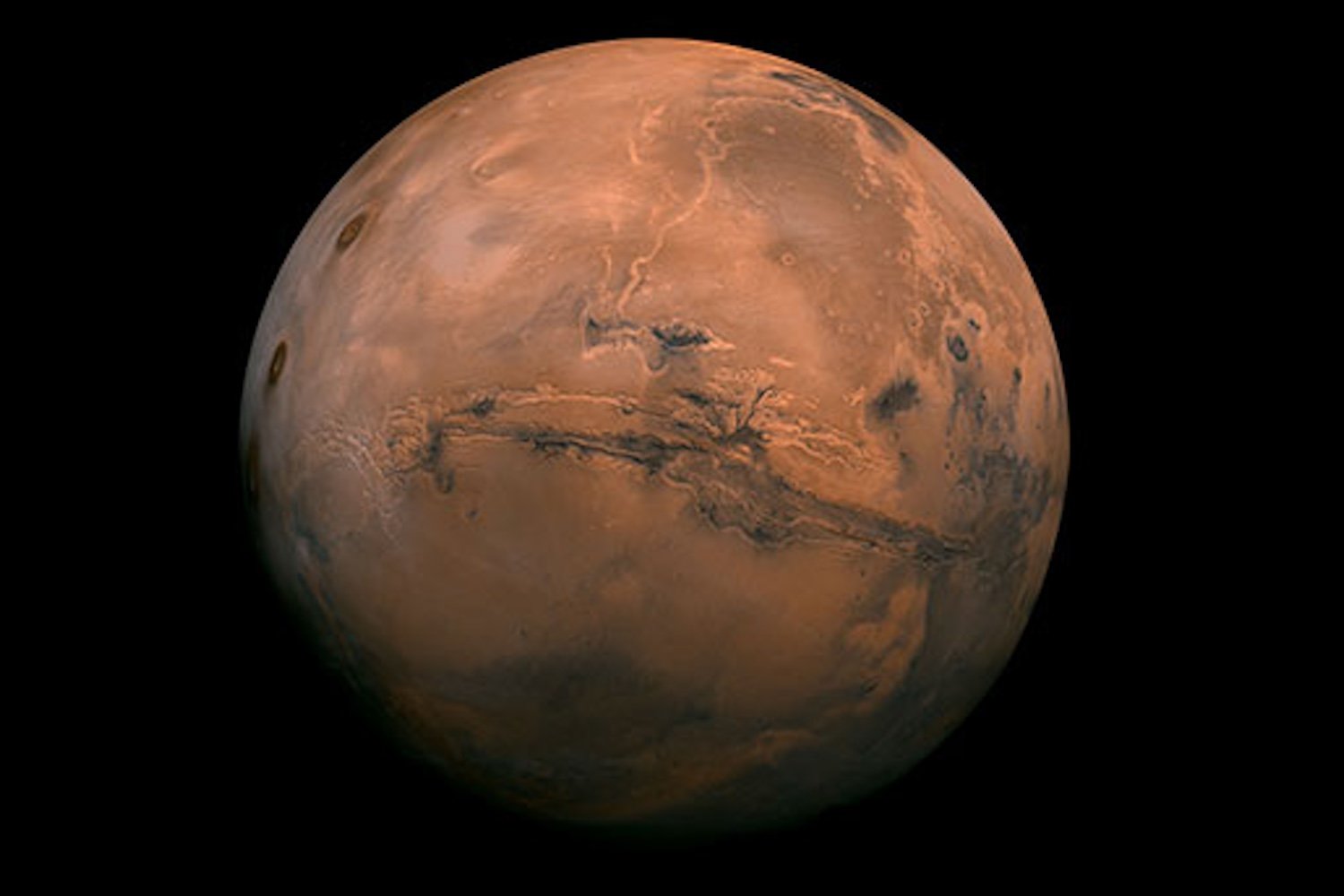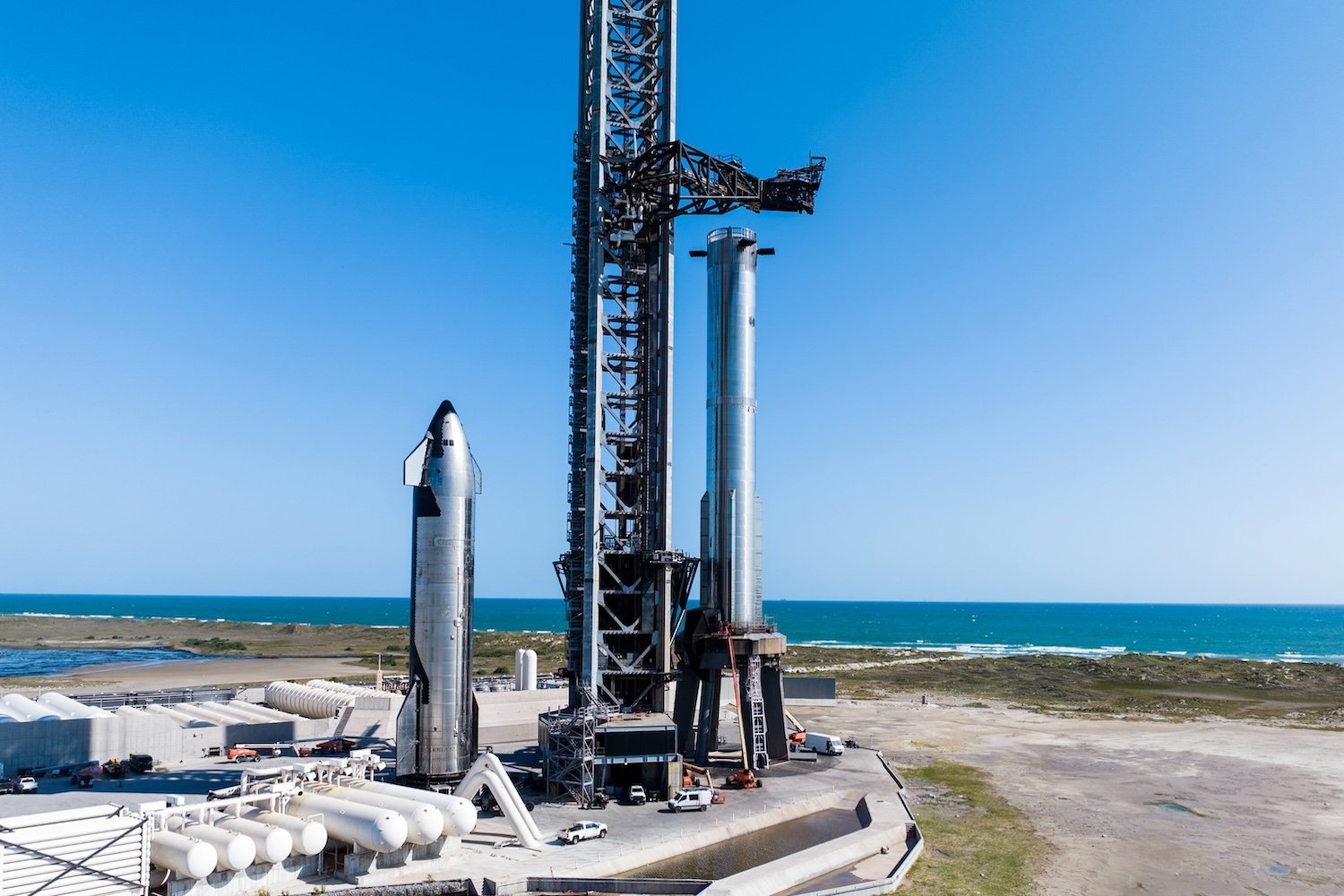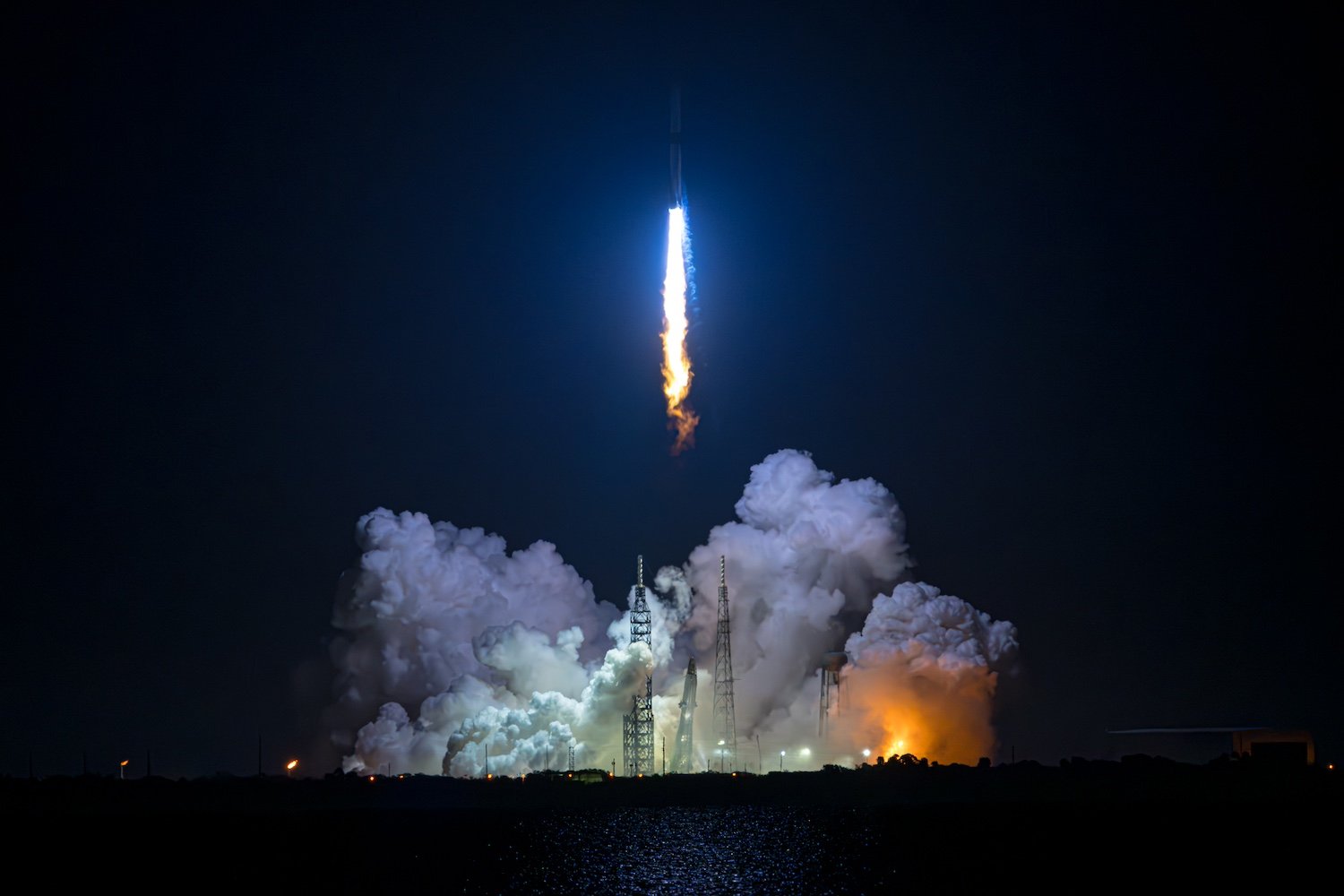The future of NASA’s Space Launch System (SLS) rocket is uncertain following Boeing’s announcement of potential layoffs within its SLS team. This news raises concerns about the program’s viability after significant cost overruns and schedule delays.
Boeing confirmed to MaagX that approximately 400 positions may be eliminated by April 2025. This reduction is attributed to “revisions to the Artemis program and cost expectations.” The company stated they are working with NASA to redeploy affected employees and minimize job losses.
The SLS, a 5.75-million-pound behemoth with a Boeing-built core stage, is the backbone of NASA’s Artemis Moon program. Its maiden flight, Artemis 1, successfully launched an uncrewed Orion spacecraft around the Moon in November 2022. Artemis 2, a crewed lunar flyby, is scheduled for April 2026, followed by Artemis 3, the first crewed Moon landing since Apollo, targeted for 2027.
However, the SLS program has become a financial burden. A NASA Office of the Inspector General (OIG) audit revealed that the Artemis program’s projected cost from 2012 through 2025 is estimated at $93 billion. The SLS alone accounts for $23.8 billion spent through 2022, representing a $6 billion cost increase and a six-year schedule delay compared to initial projections.
Further complicating matters, a separate OIG report in August 2024 criticized Boeing’s management of the SLS Exploration Upper Stage, citing ineffective quality management, an inexperienced workforce, and continuing cost and schedule overruns. Initially slated for delivery to NASA in early 2021, the upper stage is now expected no earlier than 2027.
The current administration’s stance on the Artemis program adds another layer of uncertainty. SpaceX CEO Elon Musk, a close advisor to President Donald Trump, publicly criticized the program’s efficiency, calling for a new approach. Trump’s inauguration speech emphasized a Mars mission, aligning with Musk’s own ambitions for SpaceX’s Starship to land on Mars by 2026, potentially preempting NASA’s Mars plans by years.
These developments cast a long shadow over the SLS program. The potential layoffs at Boeing, coupled with budgetary concerns and shifting political priorities, raise serious questions about the rocket’s future. Whether these layoffs are a necessary course correction or a harbinger of the program’s demise remains to be seen.
In conclusion, the future of the SLS hangs in the balance. The announced layoffs, combined with cost overruns, schedule delays, and potential shifts in national space priorities, create significant challenges for the program. The long-term impact on NASA’s Artemis Moon program and its broader space exploration goals remains uncertain.











